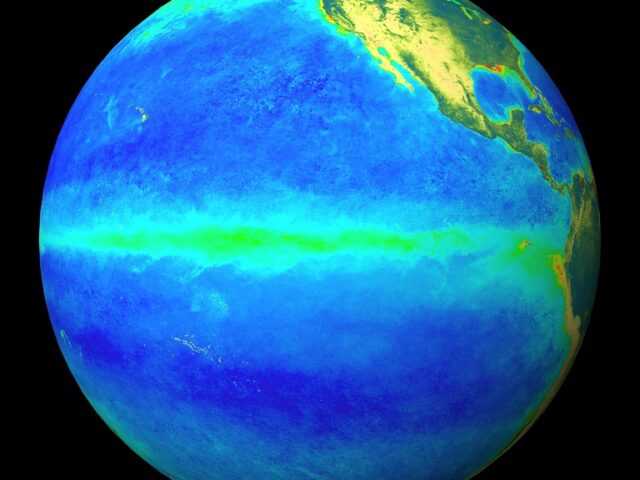MELBOURNE, Australia – El Niño persists, although a steady weakening trend is evident in its oceanic indicators: climate models indicate sea surface temperatures in the central tropical Pacific are expected to continue declining and are forecast to return to ENSO – neutral in the southern hemisphere autumn 2024, reports the Bureau of Meteorology of the Australian Government.
Atmospheric indicators are mixed but are consistent with a steadily weakening El Niño. Cloudiness near the equatorial Date Line has decreased over the last fortnight, returning to the climatological average. The 30-day Southern Oscillation Index (SOI) is currently less than -7.0, characteristic of an El Niño state, but indicative of ENSO-neutral conditions over the 60- and 90-day periods. Temporary fluctuations of ENSO atmospheric indicators are common during summer and are not an indication of El Niño strength.
International climate models suggest the central tropical Pacific Ocean will continue to cool in the coming months, with four out of seven climate models indicating the central Pacific is likely to return to neutral El Niño–Southern Oscillation (ENSO) levels by the end of April (i.e., neither El Niño nor La Niña), and all models indicating neutral in May. ENSO predictions made in autumn tend to have lower accuracy than predictions made at other times of the year. This means that current forecasts of the ENSO state beyond May should be used with caution.
Based on the historical record from 1900, around 50% of El Niño events have been followed by an ENSO-neutral year, and 40 to 50% have been followed by La Niña. However, global oceans have warmed significantly over the past 50 years. The oceans have been the warmest on record globally between April 2023 and January 2024. These changes may impact future predictions of ENSO events, if based solely on historical climate variability.
The Indian Ocean Dipole (IOD) is neutral. IOD events are typically unable to form between December and April. This is because the monsoon trough shifts south over the tropical Indian Ocean changing wind patterns and preventing the IOD pattern from forming.
The Southern Annular Mode (SAM) is currently neutral, as of 3 March. Forecasts indicate SAM will remain neutral over the coming fortnight.
The Madden–Julian Oscillation (MJO) is currently in the eastern Indian Ocean. The MJO is forecast to move into the Maritime Continent in the coming days and progress eastwards towards the Western Pacific over the coming fortnight. When the MJO is in the eastern Indian Ocean, increased cloudiness tends to occur over the eastern Indian Ocean and western parts of South East Asia. As the MJO shifts into the Maritime Continent, increased cloudiness tends to occur over parts of the far north of Australia and the islands of South East Asia, Indonesia and Papua New Guinea.
The annual global mean temperature for the 12 months from February 2023 to January 2024 was the highest on record, with Copernicus reporting that it was 1.52 °C above the 1850–1900 pre-industrial average. However, this does not mean that the 1.5 °C target referred to in the Paris Agreement has been exceeded as the magnitude of global warming is assessed using multi-year averages, and this is only one 12-month period.
Australia’s climate has warmed by 1.50 ± 0.23 °C between 1910 and 2023, leading to an increase in the frequency of extreme heat events. In recent decades, there has also been a trend towards a greater proportion of rainfall from high intensity, short duration rainfall events, especially across northern Australia during the wet season. April to October rainfall has declined across southern Australia in recent decades, due to a combination of long-term natural variability and changes in atmospheric circulation caused by an increase in greenhouse gas concentrations.










